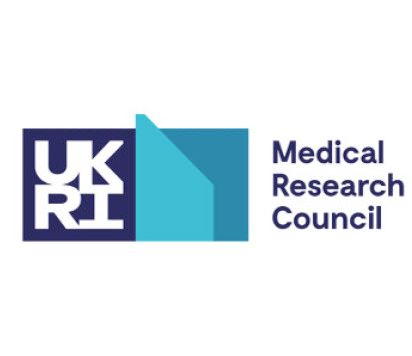Posters 1 and 2

Sara Ahmadi-Abhari
Forecasts for numbers of people living with dementia in five European countries to 2050 and estimates for impact of smoking cessation: a Markov modelling study
Accurate forecasts for dementia burden are vital in public health planning. Increase in numbers of people living with dementia over time due to population ageing is offset by the decline in age-specific dementia incidence. We developed a Markov model that integrates calendar-trends in dementia incidence with those for mortality and cardiovascular disease to improve forecasts for dementia prevalence in England and Wales, France, Sweden, Spain and Poland and estimate the impact of smoking cessation programs.
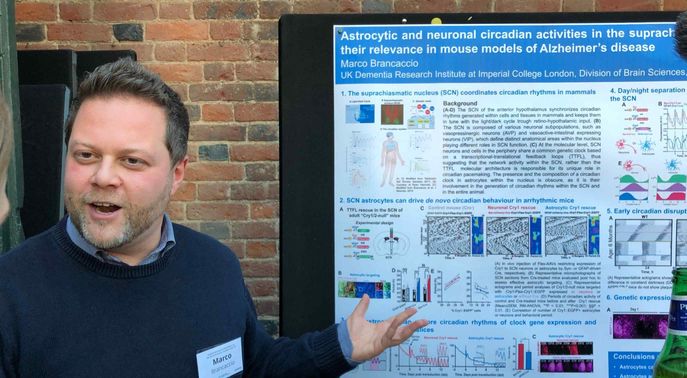
Marco Brancaccio
Multiplexed simultaneous long-term imagine of glial and neuronal circadian activities in the suprachiasmatic nucleus
A general assumption is that neurons are exclusively responsible for integrating such multicellular information, whereas glia mostly play a supportive and/or modulatory role. However, we have recently challenged such assumption, by showing that astrocytes of the SCN can autonomously initiate and drive de novo circadian behaviour in mouse models of genetic clock ablation (Brancaccio et al. Neuron 2017, Brancaccio et al. Science 2019). By performing long-term integrated imaging in organotypic SCN explants transduced with genetically encoded bioluminescent/ fluorescent reporters of neuronal and glial function and gene expression, we were able to follow their reciprocal coordination simultaneously, for several weeks.
Posters 3 and 4
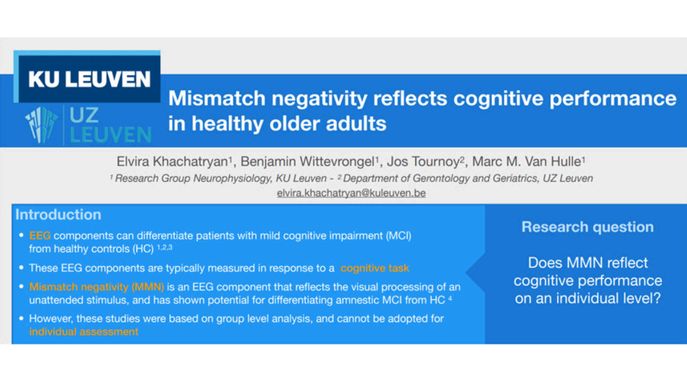
Elvira Khachatryan
Mismatch negativity reflects cognitive performance in healthy older adults
The EEG technique has been repeatedly shown to support the differentiation of healthy individuals from patients with varying levels of cognitive decline (e.g., mild cognitive impairment – MCI, or different stages of Alzheimer’s Disease – AD), mostly in response to cognitive tasks1–3. Recently, Stothart et al.4 reported that EEG components reflecting basic visual processing (e.g., N1, P1 and mismatch negativity – MMN) can be used to distinguish healthy individuals and patients with early AD and amnestic MCI. Furthermore, the amplitude of MMN was associated with the degree of cognitive impairment, measured by mini-mental state examination. It is not yet clear whether these early visual EEG components reflect cognitive performance of individuals without complaints.
Elvira Khachatryan poster abstract

Lucia Li
Diffuse axonal injury influences the effect of brain stimulation on cognitive function after Traumatic Brain Injury
Non-invasive brain stimulation has been widely investigated as a potential treatment for brain injury. However, the behavioural effects of brain stimulation are very variable, for reasons that are poorly understood. This is a particular challenge for traumatic brain injury, where patterns of damage and their clinical effects are heterogenous. Here we test the hypothesis that the response to transcranial direct current stimulation following traumatic brain injury is dependent on white matter damage within the stimulated network.
Posters 5 and 6
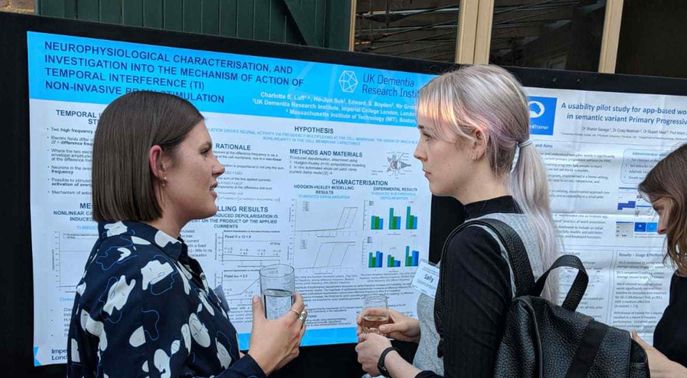
Charlotte Luff
Neurophysiological characterisation, and investigation into the mechanism of action of temporal interference (TI) non-invasive brain stimulation
Temporal interference (TI) stimulation is a novel and potentially revolutionary technique for non-invasive deep brain stimulation. During TI, two very high frequency (>1kHz) (f1- (carrier frequency) and f2) currents, that differ in frequency by a small amount (df), are applied to the brain. Where the two electric fields overlap within the brain, the envelope amplitude of the combined field changes periodically at the difference frequency (df) (temporal interference). Neurons in the overlap of the two electric fields are stimulated to fire at df. Focality of stimulation, however, is currently unable to rival that of deep brain stimulation (DBS), and the physiological mechanism of action of TI is unknown. To facilitate improvement of this technology, characterisation of the neuronal response to TI must be undertaken, and the mechanism of action investigated.
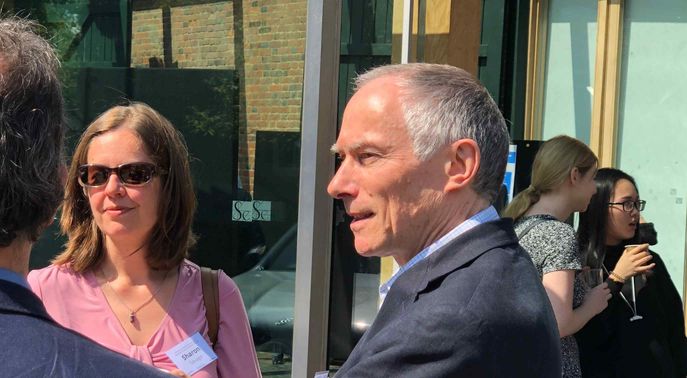
Sharon Savage
MyWordTrainer: App-based word retraining in semantic variant Primary Progressive Aphasia
Language skills central to everyday living are significantly impacted in the neurodegenerative condition primary progressive aphasia (PPA). While there are no medical cures, there is evidence that word retrieval problems can be lessened by engaging in word retraining programs. Such programs, however, are not yet easily accessible. To address this, we aimed to convert an existing, naming therapy approach into an app and explore its usability in people with semantic variant PPA (sv-PPA).

